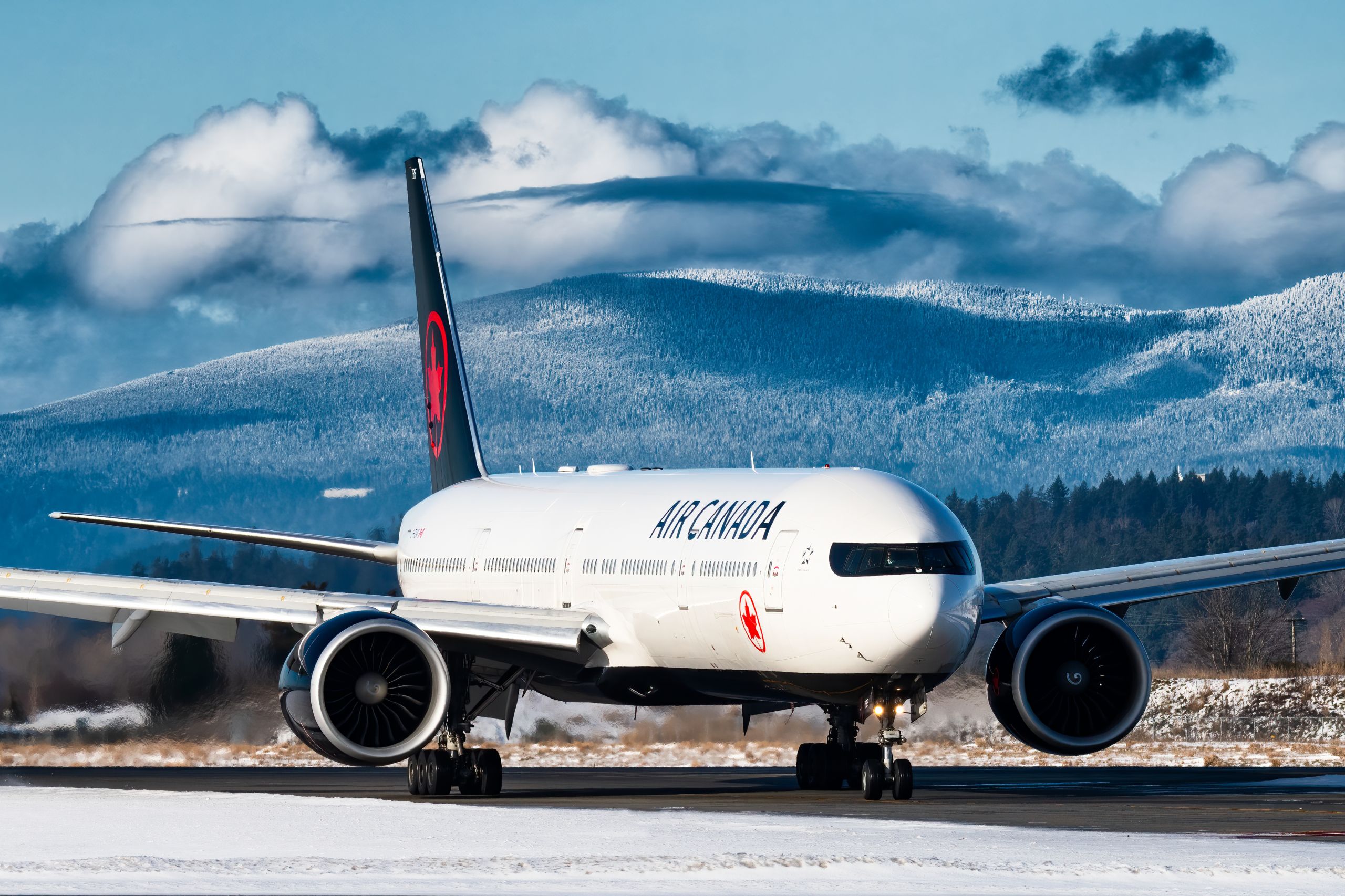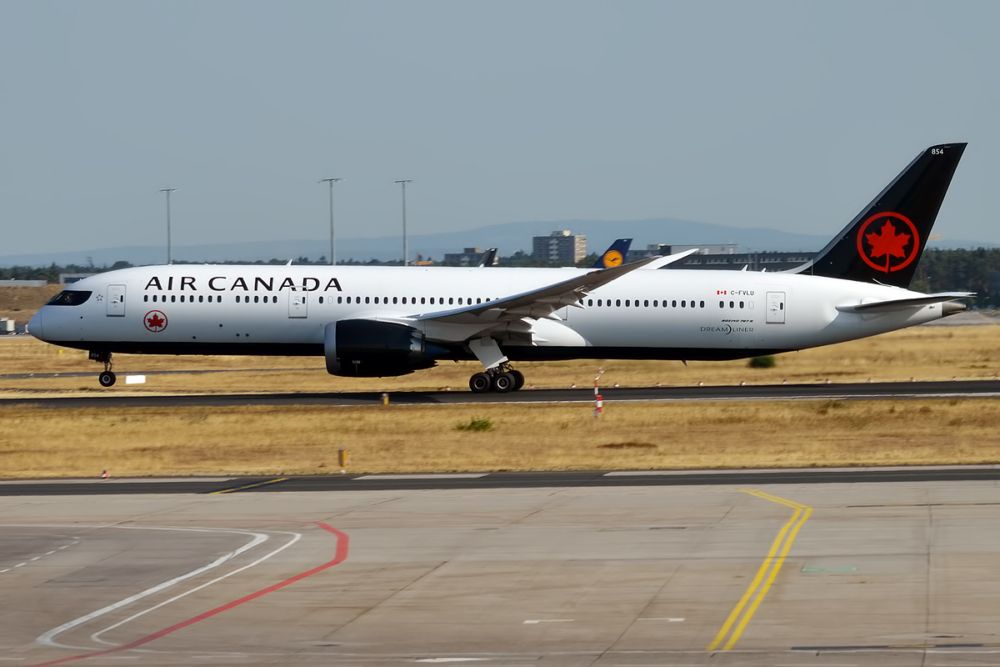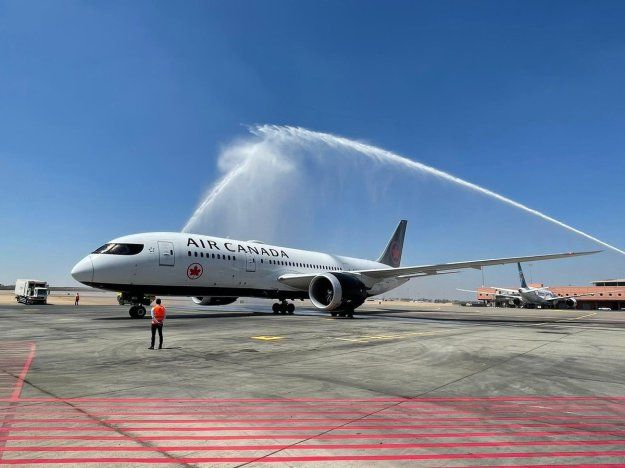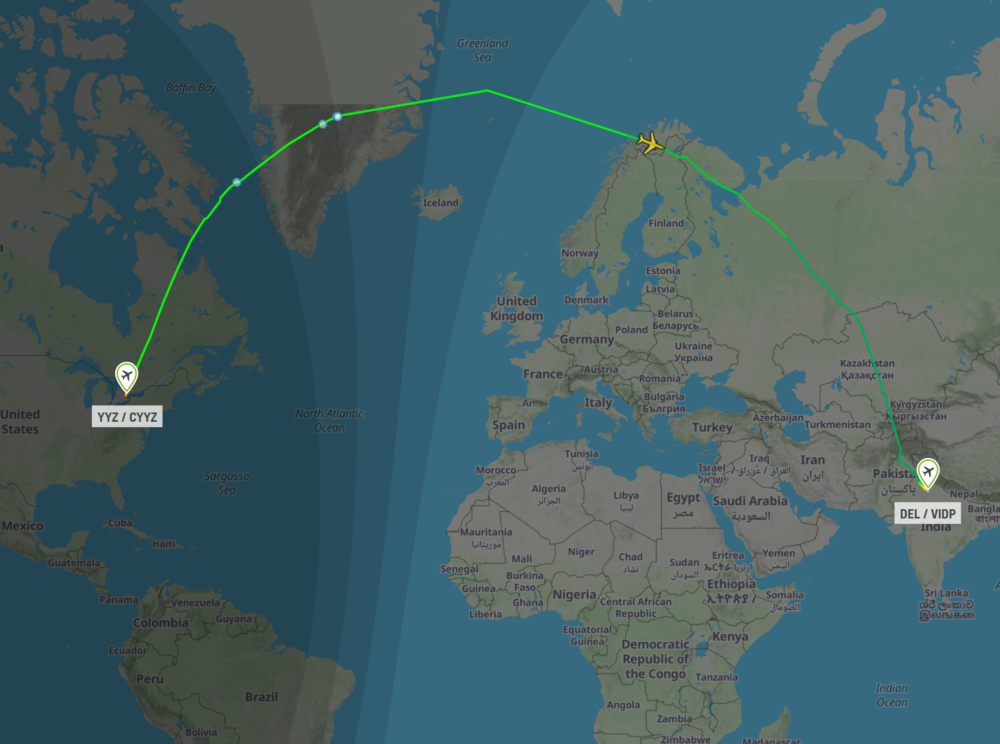It must be extraordinarily challenging running an airline at the moment, not least because of how each market, each country, each airport served is returning to life at different speeds. While the domestic market of most countries has been a lifetime of sorts, this hasn't necessarily been the case for Air Canada – whose transatlantic recovery is better than domestic.
How have things changed?
Speaking at World Routes in Milan, the industry event where airlines and airports meet, Mark Galardo, Air Canada's Senior Vice President Network Planning and Revenue Management, was clear: "the transatlantic recovery is better than domestic." This is in contrast to the Pacific and Australia, Galardo explained, whose recovery is "hard to see" and might take another 12 to 18 months.
The relative rebound of the transatlantic market is the consequence of multiple factors, including the knock-on effect of the limitation of inter-province travel. Some smaller or more remote provinces still advise against non-essential travel, although it has been increasingly opening up. But it isn't all plain (plane?) sailing: Galardo said he expects business demand from those who fly weekly between Montreal and Toronto, or similar markets, to disappear.
Significantly, the improvement in transatlantic demand was boosted after Canada welcomed fully vaccinated Europeans from early September without quarantine. And despite Canada advising travelers to avoid non-essential travel, most of Europe is open to fully vaccinated Canadians. Crucially, though, it has been about visiting friends and relatives (VFR) markets.
Stay aware: Sign up for my weekly new routes newsletter.
Air Canada has focused on VFR demand
Galardo was very clear: VFR markets, including India and the Middle East, are all "very strong." This includes its Doha service, which began in December 2020, and is timed to connect with Qatar Airways' services, including to Pakistan, a country singled out by Galardo.
It also includes Montreal to Cairo, which was inaugurated in June this year and which revolves around VFR travel. The significance of this market segment echoes comments from many other airlines, including Virgin Atlantic. As Galardo explained:
"We have adapted our network across India and the Middle East. We have been focusing on places that are open enough to serve."
Montreal-Delhi is coming; Toronto is growing
Galardo was clear: because of this heightened demand, Air Canada wants more flights to India, a strategic market for the carrier. And more are now coming. The Star Alliance carrier will launch Montreal to Delhi on October 31st, while Toronto to Delhi will rise to 10-weekly from mid-October, the most ever operated.
Montreal-Delhi had 41,000 round-trip point-to-point passengers in 2019, booking data reveals. While that is decent in itself, it is significantly less than the 298,000 to/from Vancouver and 482,000 for Toronto. However, Montreal's average one-way fare was $421 (excluding taxes and fuel surcharge), higher than Toronto and Vancouver.
Big decisions need to be made
Because of the relative success of these ethnic markets, Galardo said that he has big decisions to make. Is it worth keeping them – or at least at the higher frequencies – at the expense of not doing other things with the aircraft as the rest of the world reopens? A complicating factor is that VFR markets are generally the lowest of the low for yields.
It is a reminder of how an airline can do only so many things with what it has, necessitating decision-making about how best to utilize very expensive assets. The opportunity cost – if you do X, you can't do Y – is clear and will confront many airlines as they begin to return to normal and ultimately return to their core markets. Air Canada is no different.
Will you be flying Air Canada before the year-end? Let us know in the comments.




